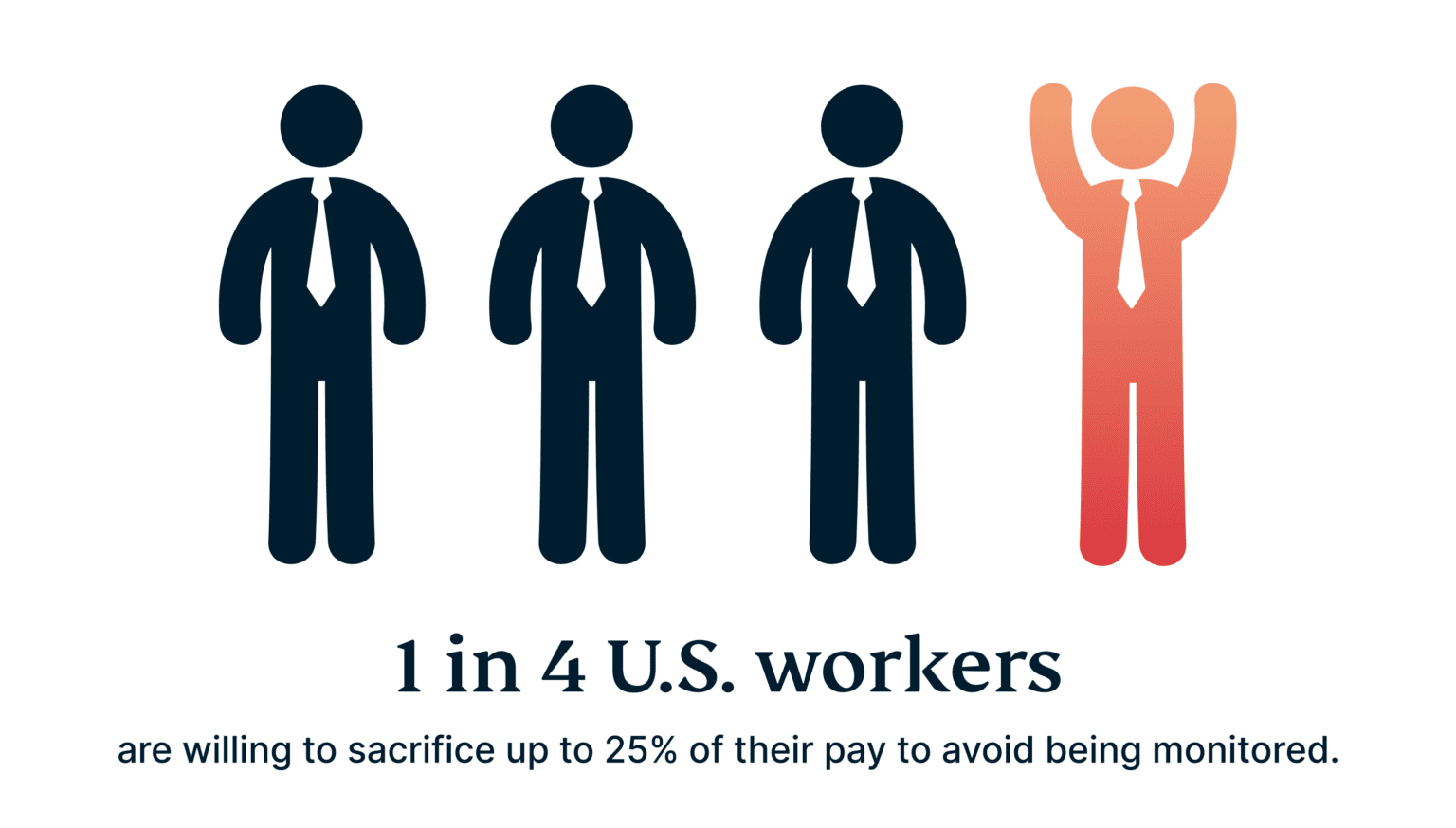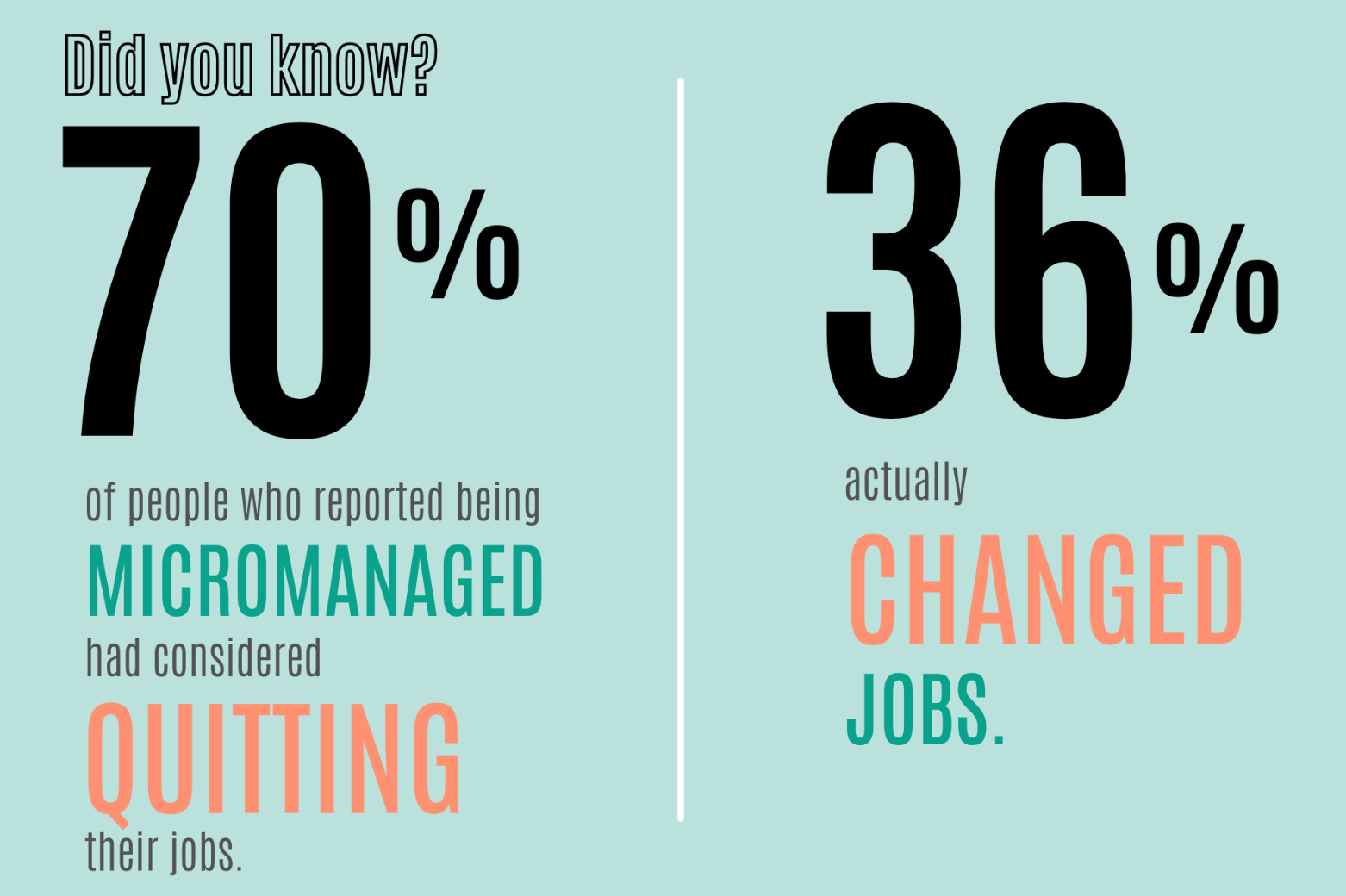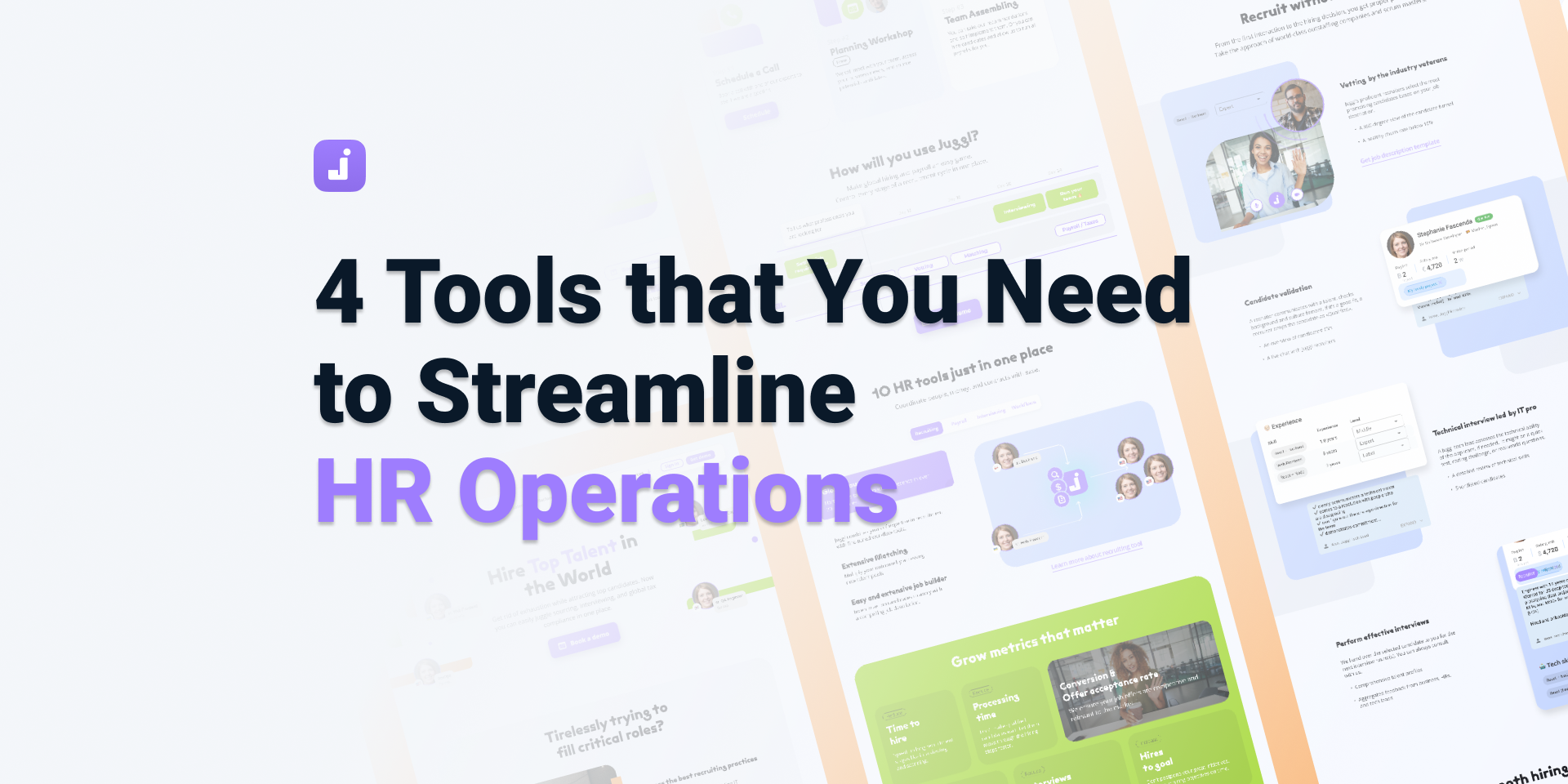Best Practices for Implementing Time Tracking in Diverse Workforces
It has become increasingly common for businesses to offer their employees and teams the opportunity to work remotely. However, while employees favor such work routines, managers have to evolve to effectively track hours across schedules and time zones. Unfortunately, it is not completely straightforward to introduce time tracking in such settings, especially with concerns about monitoring.
Considering that 1 in 4 American workers say they’re willing to take a pay cut to avoid workplace monitoring, while 17% will resign outright if they feel excessively surveilled. It’s imperative that businesses find ways to accurately track work hours without sacrificing employee trust or productivity.

Implementing a time tracking system in a diverse or distributed workforce requires more than just choosing the right software. It’s a strategic initiative that, when done right, promotes transparency, improves accountability, reduces errors, and ultimately saves money.
Go Beyond the Software: Build a Thoughtful Strategy
Introducing time tracking software to resistant employees is not as simple as installing software. It’s about creating accountability and simplicity within systems that can reduce mistakes and improve transparency while maintaining team morale.
Begin with Clear, Honest Communication
Rolling out time tracking should start with a company-wide conversation. Leaders need to be upfront about the “why” behind the decision. When employees understand the purpose. and what’s in it for them, they’re far more likely to support the change.
Benefits to highlight include:
- Better visibility: Everyone sees where time goes.
- Fewer mistakes: Automation leads to more accurate paychecks and time records.
- Less admin work: Tools simplify what used to be manual, saving valuable hours.
- More fairness: Overtime, PTO, and hours worked are tracked consistently.
This initial conversation is your chance to replace skepticism with understanding. Employees are more likely to adopt the system when they see that it’s not about micromanagement, but about streamlining processes and rewarding productivity.
Follow this meeting with a simple one-page document that reiterates the system’s benefits, provides a visual or video demo, and outlines what’s expected from each team member.
Avoid Micromanagement: Build a Culture of Trust
One of the biggest concerns employees have about time tracking is the fear of being constantly watched. This can lead to employees feeling micromanaged or mistrusted. A recent survey showed that 70% of employees that reported being micromanaged considered quitting their jobs…and over 30% actually did.

Involve Employees in the Process
Ask for feedback on the type of time tracking methods that would best fit their work styles. For example, would they prefer to clock in via an app, web portal, or biometric kiosk? When people feel included in the decision, they’re more likely to engage with the tool.
Educate, Don’t Enforce
Train employees and managers on how the system works, how to use it, and how it benefits them. Avoid taking a punitive approach and instead, focus on reducing manual time entry errors and ensuring everyone is paid accurately for the time they work.
Lead by Example
Time tracking success must be a top-down initiative. Leadership and second-line managers should consistently use and advocate for the system. Mention it in weekly and monthly meetings. Reinforce how it contributes to organizational goals and employee fairness.
Tailoring Time Tracking to Diverse Teams
Diverse workforces have different needs, and your time tracking system should reflect that. It’s not about one-size-fits-all, it’s about flexibility. Use these strategies to adapt your approach.
Choose a Configurable Platform
Start by selecting a time tracking platform that offers multiple time entry options. For example, hourly employees in manufacturing or retail may require precise clock-in and clock-out functionality tied to shift schedules. Meanwhile, project-based or salaried employees, such as designers, consultants, or developers, might prefer entering total hours worked at the end of the day or week. A good system should allow both approaches simultaneously so teams can work the way that makes sense for them without being forced into rigid processes.
Account for Device Preferences
Accessibility is a key driver of adoption. Your platform should support a variety of clock-in options based on employees’ daily environments. Office workers may prefer logging in from a desktop, while mobile employees, like field service technicians or remote teams, might rely on a mobile app. In certain physical locations, a shared wall-mounted terminal or even biometric scanner might make more sense. The goal is to remove friction and let people clock time in a way that feels natural for their workflow.
Respect Cultural and Regional Norms
In globally distributed organizations, cultural attitudes toward timekeeping, privacy, and data tracking can vary widely. In some regions, strict time tracking may be expected, while in others, it may feel invasive. It’s important to roll out your system with sensitivity to these expectations. Engage local leadership to help communicate the system’s purpose in a way that resonates with each team. Additionally, always ensure that the platform complies with local labor regulations, data privacy laws, and reporting standards. This not only builds trust but also protects the organization from compliance risks.
Overcoming the Biggest Hurdle: Buy-In
Despite having the right tools, many companies struggle with widespread adoption. That’s because the biggest hurdle isn’t the technology, it’s buy-in.
Emphasize Consistency at Every Level
Securing buy-in starts from the top. When leadership is aligned and actively using the time tracking system themselves, it sends a strong message about its importance. Employees tend to follow the behaviors modeled by leadership. If executives log their time and reference the system in meetings, it becomes clear that time tracking is a shared responsibility.
Middle managers are equally important. They act as the operational enforcers of time tracking. Managers should routinely check for completeness and accuracy in their teams’ submissions, address any discrepancies, and offer support when confusion arises. When managers are consistent and fair in how they use the system, their teams are more likely to follow suit.
Equally, individual contributors need to understand the “why” behind the system. When everyone sees that it’s being used universally, not just pushed onto lower levels of staff, it helps build fairness and trust.
Measure and Share the Wins
One of the most effective ways to turn initial skepticism into support is by showing clear, measurable benefits. After a few weeks or months of using the system, collect data that highlights improvements. These may include fewer payroll errors, faster approval processes, or smoother scheduling.
Sharing these results helps the team see the payoff of their effort. For example, if automating time tracking cuts payroll processing time in half, that’s a tangible win. It shows that the system isn’t just about oversight, it’s also about efficiency and making everyone’s job easier.
When employees can see how the tool benefits them and the organization, they’re far more likely to continue using it effectively.
Continue the Conversation
Sustained buy-in requires ongoing communication. A time tracking system can’t be treated as a one-time rollout. Instead, it should be revisited regularly during team check-ins, leadership updates, or internal communications. Keeping the topic visible ensures it stays top of mind.
Organizations should also create space for feedback. Ask employees how the system is working for them, what challenges they’re facing, and where improvements could be made. Acting on this feedback builds trust and signals that the system is meant to support, not burden, the team.
Additionally, consider providing periodic refresher sessions or updated resources. As teams grow and shift, not everyone will have the same level of familiarity. Ongoing education ensures that all employees, whether new or tenured, can confidently use the tool.
Final Thoughts: Time Tracking as a Strategic Asset
Time tracking, when implemented with care and clarity, is far more than an administrative tool, it’s a strategic asset. It enhances operational visibility, strengthens compliance, and fosters a culture of fairness and accountability.
But success doesn’t happen automatically. It requires a thoughtful rollout, active leadership involvement, and a deep understanding of your team’s needs. By taking a human-centered approach and following these best practices, organizations can turn time tracking from a point of resistance into a source of empowerment and growth.











